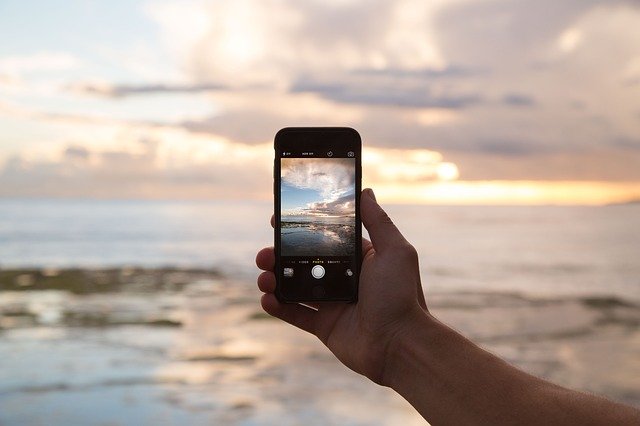As of April 2021, there were an estimated 3.8 billion smartphone users in the world, or nearly half the global population of 7.8 billion. That has implications not only for communication and entertainment, but also safety.
That has been shown during the coronavirus pandemic, as nations like Germany and Ireland have used contact tracing apps to great effect. (That is not true in the U.S., however. Such apps have largely gone unused, in no small part because of privacy concerns.)
Still, smartphone apps have shown potential to keep users safe in other ways, one being in their ability to predict natural disasters. Such events as earthquakes, tsunamis, hurricanes, floods, wildfires, heatwaves, and droughts kill an average of 60,000 people a year. Scientists, as a result, have been extremely interested in developing mechanisms that not only prevent these disasters but also keep humankind at arm’s length from potential negative effects.
Smartphones come with integrated and highly precise sensor technology designed to assess environmental conditions like humidity, temperature, and even ground vibrations. For meteorologists to make sense of such data, they need a huge volume of this information.
Thanks to the Internet of Things (IoT) and blockchain, engineers can collect a treasure trove of data; scientists can consequently use this data to make accurate predictions on prospected weather patterns. This technology can prove crucial in helping predict the potential occurrence of heavy rains and flash floods within an area, for example.
The good thing with such data is that it is accurate and available at a moment’s notice. Smartphones come equipped with GPS technology which can help such meteorologists to determine the particular area affected accurately.
An additional convenience offered by smartphones is their ability to disseminate information as accurately, precisely, and timely as possible. In case, for instance, meteorologists accurately predict the occurrence of natural disasters within an area, they can immediately disseminate cautionary information to the residents, warning them of impending floods, heatwaves, fires, or even hurricanes. Such information is crucial in helping to reduce and manage the adverse effects of natural disasters.
The benefits that smartphones provide in the entire weather industry are further enhanced by the fact that these devices can remotely transmit data through satellites. Thanks to blockchain technology, the data can be instantly processed and even reliably used to make predictions through artificial intelligence and machine learning. The observed weather patterns can be compared to previous occurrences to predict impending disasters accurately.
For instance, if the data shows characteristic patterns in temperatures, atmospheric tides, and atmospheric pressure, then this information can be used to predict the occurrence of hurricanes. The consistent relaying of smartphone data thereafter can be used to determine the prospected path of such a developing hurricane, thereby offering advance cautionary information to the public.
